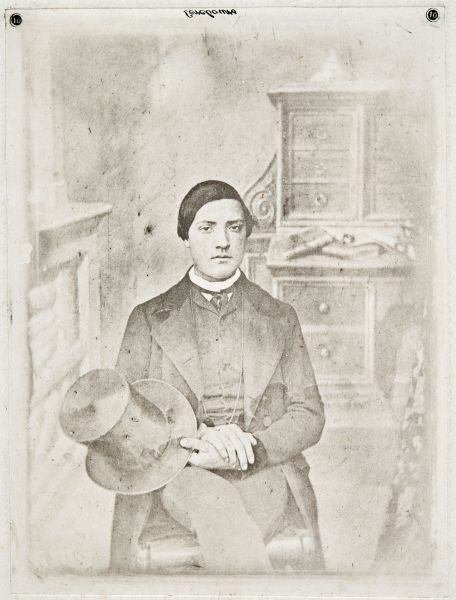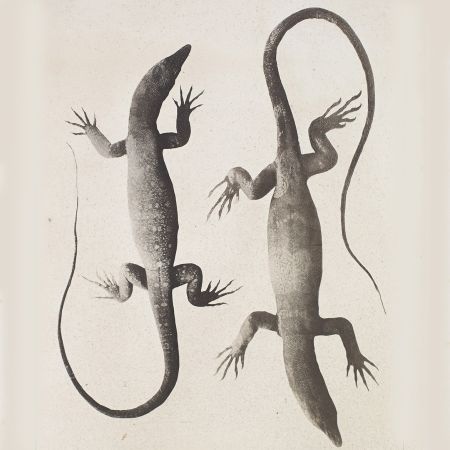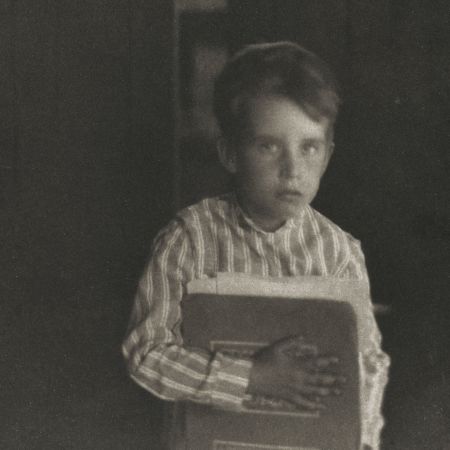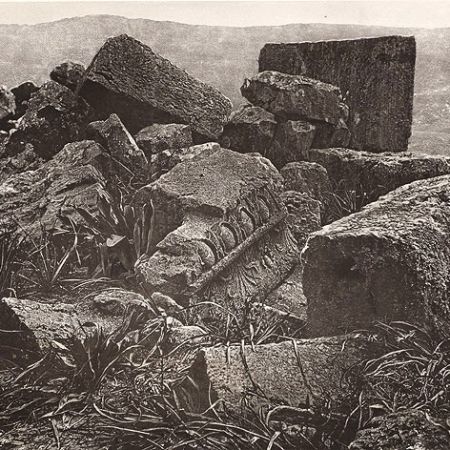Fizeau’s Test
Scarcely a month has passed since my process was made known and already, on all sides, people claim to have extended its boundaries by finding the means of multiplying its results by engraving and other means not yet determined.
At the dawn of the invention of photography, scientists began exploring and exploiting the somewhat earth-shattering announcement of the daguerreotype. The greatest scientific minds in France and Britain made it their mission to convert what was, at that point, a fascinating but impractical phenomenon into a powerful and profitable one. Alfred Donné of Paris and Josef Berres of Vienna were among the first to meet limited success showing prints from etched Daguerreotypes in 1839 and 1840, respectively. Their results from simple etching, however, were not of acceptable quality.
By far the most successful process for transforming daguerreotypes into intaglio plates was that developed by Hippolyte-Louis Fizeau (1819–1896). While his early examples lacked halftone and detail, Fizeau’s later prints succeeded by graining the plate with rosin before a final etching. He described his prints as being made “without engraving or retouching by an artist,” though, as objectively successful as Fizeau’s prints were, they were not altogether satisfying. Despite their precision, they remained far from the magical surface and seemingly infinite detail of the daguerreotype plate and they seemed arbitrary and inelegant when compared the work of classical engravers. With the rise of Talbot's calotype and its reproducibility, Fizeau’s process ultimately proved a dead end. Though clearly capable of fine results, it was too complex to be readily practicable, and few prints beyond the inventor’s demonstration pieces survive.
This portrait is one of the very few remaining Fizeau examples of experiments to have survived. We are grateful to have it in the collection.






